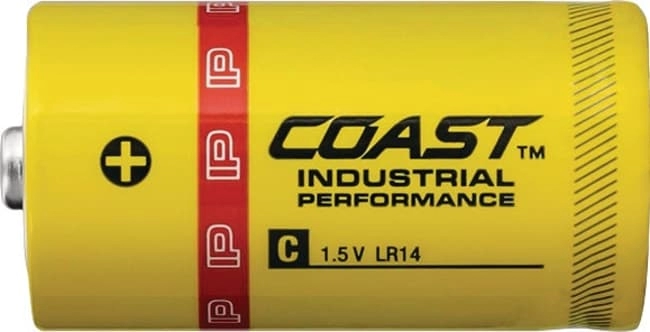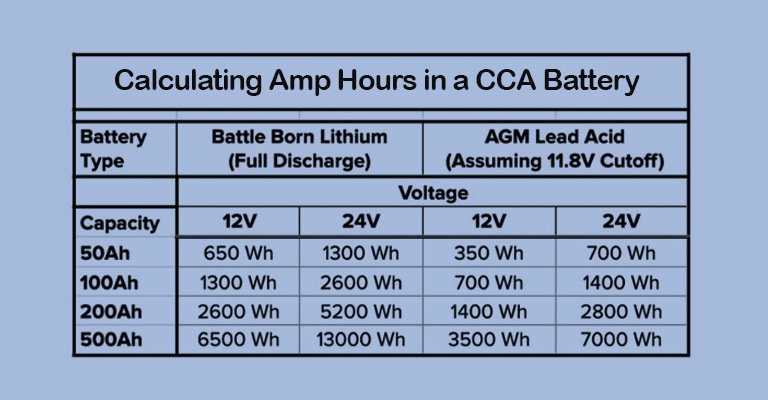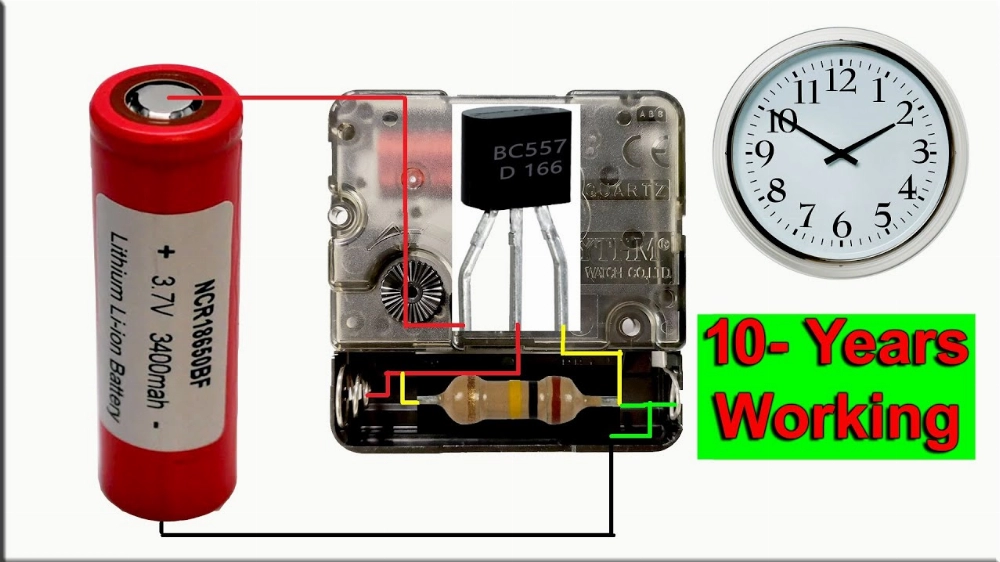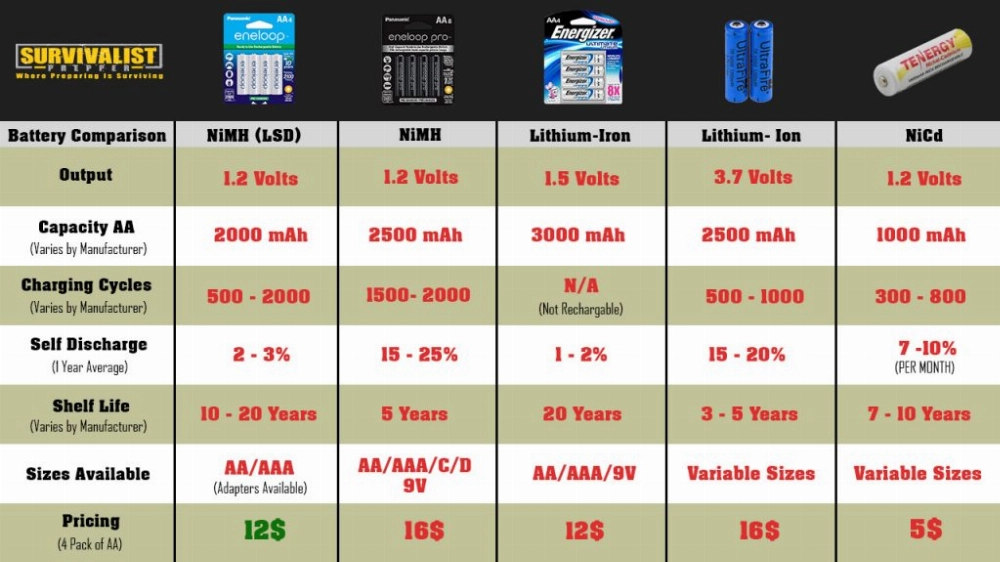A Detailed Guide to C Batteries
C batteries are a reliable power source for a variety of devices that require more than just a quick burst of energy. Whether it’s a child’s toy that needs to run for hours or a flashlight that must be ready to go in an emergency, C batteries are designed for situations that require a steady, reliable power supply. However, not all C batteries are created equal. Their performance can vary based on factors such as type, capacity, and intended use. In this detailed guide, we’ll cover everything you need to know about C batteries, ensuring you make an informed decision the next time you buy them.
Part 1: Understanding C Batteries
C batteries, also known as R14 or LR14, are cylindrical power sources that are sized between the larger D batteries and the smaller AA or AAA batteries. They are commonly used in medium-drain devices that require a consistent power supply. One of the main reasons C batteries are favored in certain applications is due to their size. They are large enough to store more energy than smaller batteries, yet compact enough to maintain portability.
The term “C battery” refers to the size and general specifications of the battery, rather than the chemical composition used. C batteries can be made using a variety of chemical compositions, including alkaline, zinc-carbon, lithium, and nickel-metal hydride (NiMH). Each of these chemical compositions has unique performance characteristics, making the selection of the right type crucial for optimal device performance.
Part 2: Voltage and Capacity
Voltage and capacity are two important factors that determine the performance and lifespan of a battery. Standard C batteries, such as those with alkaline or zinc-carbon chemistry, provide a voltage of 1.5V. On the other hand, rechargeable C batteries, such as NiMH batteries, offer a slightly lower voltage, around 1.2V.
Capacity is measured in milliampere-hours (mAh), and the value varies depending on the battery chemistry. Alkaline C batteries typically offer between 6,000 and 8,000 mAh, making them suitable for high-drain devices like large flashlights or portable radios. In contrast, NiMH rechargeable batteries often range from 2,500 to 6,000 mAh. These are better suited for frequently used devices, such as toys or audio equipment. In these applications, the ability to recharge the battery is more important than the initial capacity.
Part 3: Weight
The weight of a battery can significantly affect its portability and how it interacts with a device. C batteries are heavier than smaller sizes like AA or AAA batteries due to their larger size and higher capacity. Alkaline C batteries typically weigh around 65 grams, while rechargeable NiMH C batteries are slightly heavier, ranging from 70 to 75 grams. The added weight is crucial for the balance of devices like flashlights, affecting the overall feel and handling of the device.
In practice, the weight of a C battery may not be a significant consideration for stationary devices. However, it becomes more noticeable in portable applications. For example, handheld radios, lanterns, or larger toys rely on the heavier C batteries to provide the necessary power while maintaining a comfortable weight distribution, preventing the device from feeling unwieldy (difficult to handle).
Part 4: Size and Shape
The dimensions of C batteries are standardized, making them compatible with a wide range of devices. They measure 50 mm in length and approximately 26 mm in diameter, featuring a cylindrical shape that fits neatly into most standard battery compartments.
This combination of compact design and power capacity allows C batteries to store more energy than smaller batteries like AA or AAA while remaining practical for use in many devices. The balance between size and performance makes C batteries an ideal choice for medium-drain devices where both battery life and compactness are important.
To learn more about how battery types affect performance, check out our AA vs C vs D Battery Comparison Guide for a deeper dive into battery efficiency.
C Battery Guide
5. Types of C Batteries
The chemical composition of a battery plays a crucial role in determining its performance, lifespan, and even environmental impact. The most common types of C batteries available are:
- Alkaline C Batteries: These batteries are known for their long shelf life and reliability in devices that require medium-to-high power. Alkaline batteries are non-rechargeable, making them a great choice for items like flashlights, radios, and toys that don’t require frequent battery changes.
- Zinc-Carbon Batteries (C): Zinc-carbon batteries are a more economical option, well-suited for low-drain devices. However, they have a shorter lifespan compared to alkaline batteries and are not suitable for high-power devices.
- Nickel-Metal Hydride (NiMH) C Batteries: NiMH batteries are environmentally friendly and can be recharged multiple times. They are ideal for devices that are used frequently, such as toys and audio equipment. While their voltage (1.2V) is slightly lower than alkaline batteries, their reusability makes them a convenient choice.
- Lithium Batteries (C): Though less common, lithium batteries (C) are used in specialized devices that require long-lasting power. They tend to be more expensive but offer excellent energy density and shelf life.
6. Advantages and Disadvantages of C Batteries
Advantages:
- Higher Capacity: C batteries offer a higher capacity compared to smaller battery types, making them ideal for medium-drain devices.
- Variety of Chemistries: Available in both rechargeable and non-rechargeable formats, providing flexibility based on the device’s needs.
- Widespread Availability: C batteries are widely available in stores, ensuring convenience when replacements are needed.
Disadvantages:
- Heavier Weight: C batteries can be bulkier than smaller battery sizes, which may be a drawback for portable devices.
- Higher Price: Especially for rechargeable C batteries, there can be a higher upfront cost compared to smaller battery sizes.
7. Applications of C Batteries
C batteries are versatile and commonly used in a variety of devices that require a reliable power source for extended periods. Some common uses include:
- Toys: Many children’s toys, especially those with motors or lights, use C batteries for more power.
- Flashlights: Larger flashlights, particularly those used for emergencies, require the long-lasting power of C batteries.
- Portable Radios: Portable radios, especially those used outdoors, often rely on C batteries to ensure extended runtime.
- Medical Devices: Some portable medical devices use C batteries, where a reliable and consistent power supply is crucial.
8. Can C Batteries Be Recharged?
Yes, C batteries are available in rechargeable formats, particularly with Nickel-Metal Hydride (NiMH) chemistry, also known as NiMH batteries. These rechargeable C batteries are ideal for devices that are used frequently, as they can be recharged hundreds of times. While they have a slightly lower voltage than non-rechargeable batteries, the reduced waste and cost savings over time make them a popular choice for many users.
9. What is the lifespan of C Batteries?
The lifespan of a C battery depends on several factors, including the device it’s powering, the battery’s chemistry, and the frequency of use. Alkaline C batteries can last up to 10 years in storage and provide approximately 10 hours of continuous use in a medium-drain device like a flashlight. Rechargeable NiMH C batteries, on the other hand, may offer around 6-8 hours of use per charge but can be recharged hundreds of times, making them a more cost-effective option in the long run.
10. Are C Batteries the Same as AA and AAA Batteries?
While C, AA, and AAA batteries all share a similar cylindrical shape, they differ significantly in size, capacity, and typical applications. C batteries are larger and provide more power than AA or AAA batteries, making them more suitable for devices that require a higher energy output. AA and AAA batteries are typically used in smaller devices with lower power demands.
Small, low-power devices like remote controls and clocks often use C batteries. C batteries are also commonly used in higher-power devices such as flashlights, toys, and radios. Due to size differences, these batteries are not interchangeable without an adapter.
Understanding the types, capacity, and uses of C batteries can help you make informed choices based on your power requirements. C batteries offer an ideal balance of size, power, and lifespan for both household and portable devices.
Related tags:
- Ufine
- Electronic Engineering Writer
More articles:
- 11.1V Lithium Polymer Battery Explained: Features, Advantages, and Common Applications
11.1V lithium polymer batteries are widely used in remote control models, drones, and other fields. This guide will detail its features, advantages, and common applications. - Lithium-Ion Jump Starter vs. Lead-Acid Battery: Which is Better?
Lithium-ion jump starters can provide a quick and reliable starting solution for dead car batteries. Learn about its comparison with traditional lead-acid models. - How to Safely Clean Battery Acid Leakage from Terminals: A Step-by-Step Guide
This comprehensive guide will walk you through safely cleaning battery acid leakage from terminals, covering related risks, safety precautions, and proper methods. - Portable Battery Charger vs. Power Bank: What’s the Difference?
Portable battery chargers broadly refer to any device that can provide on-the-go charging, while power banks are used to store electrical energy to charge other devices when no power source is available. - The Ultimate Guide to Using a Lithium-Ion Jump Starter
Lithium-ion jump starters are essential in automotive emergencies. This guide provides instructions on its use, safety tips, maintenance, and why it’s worth the investment.








